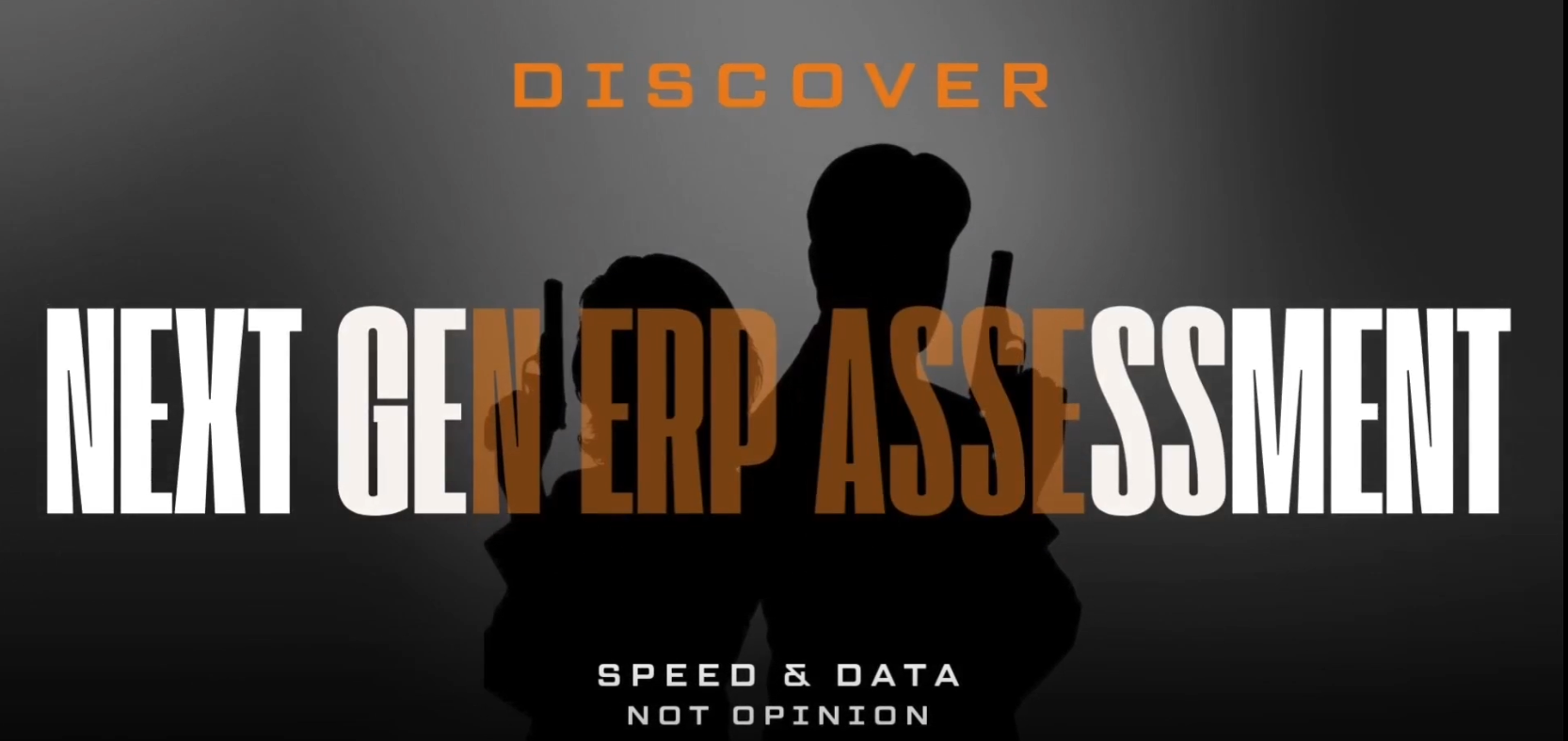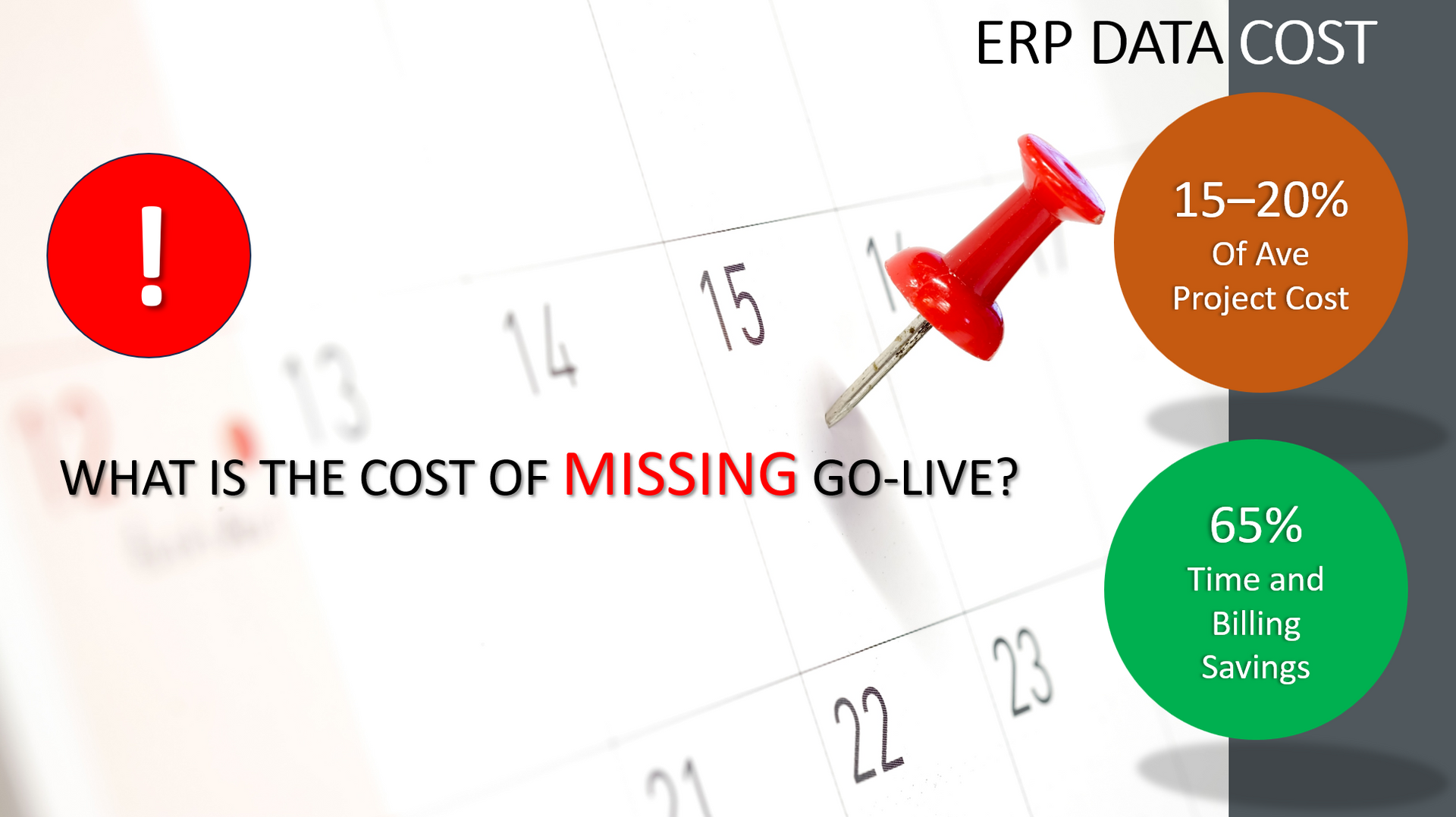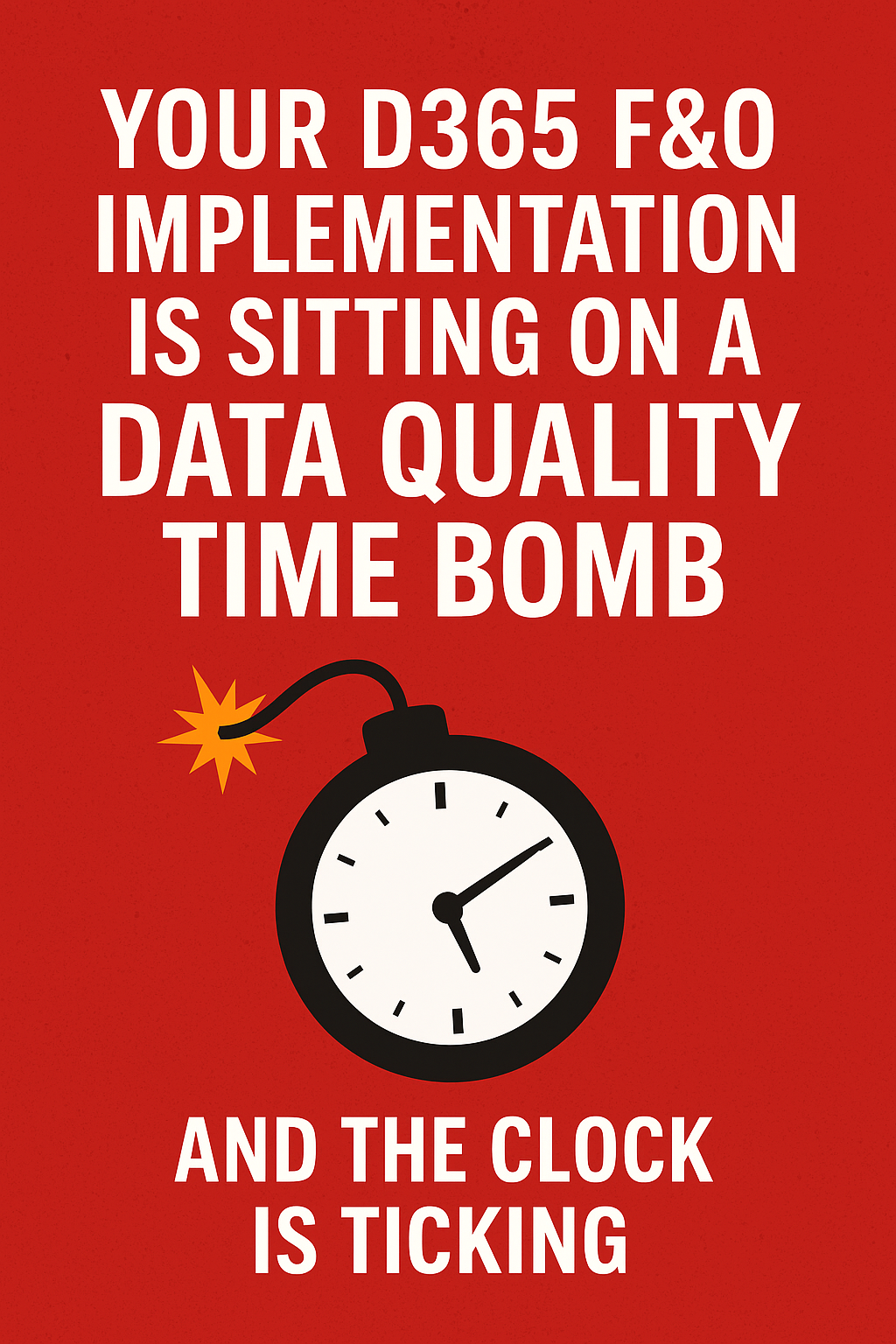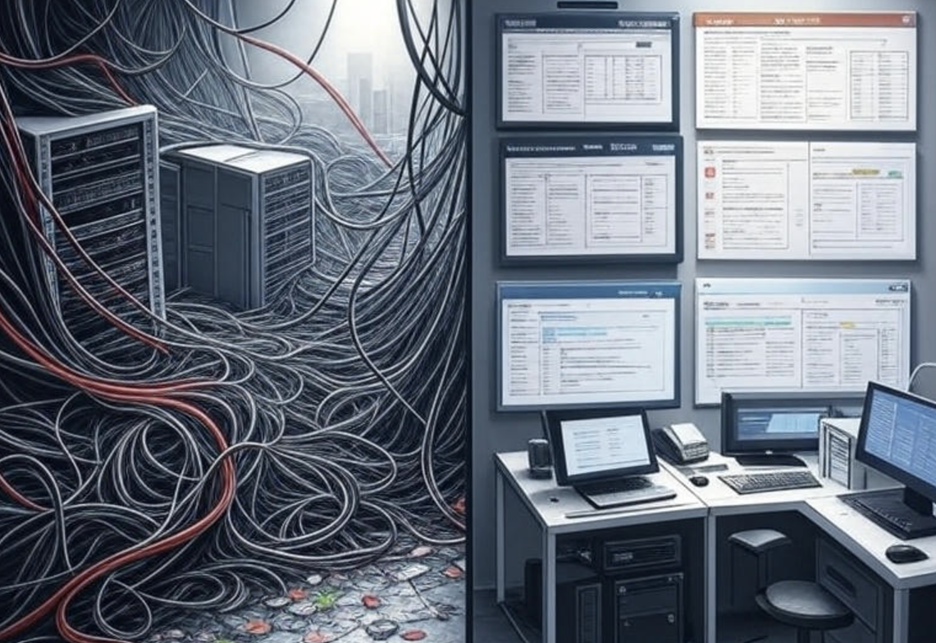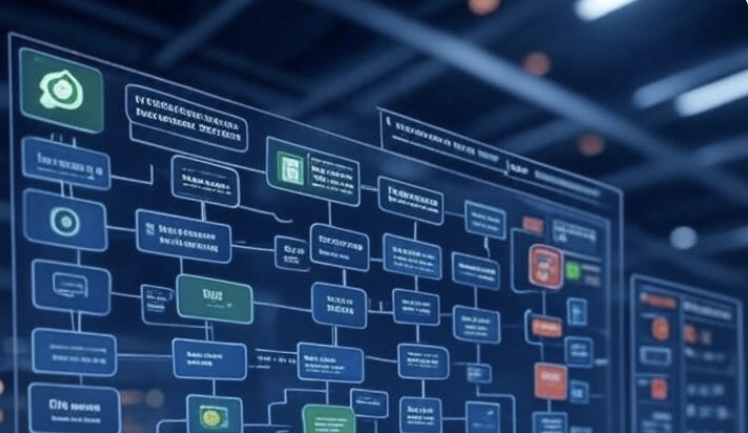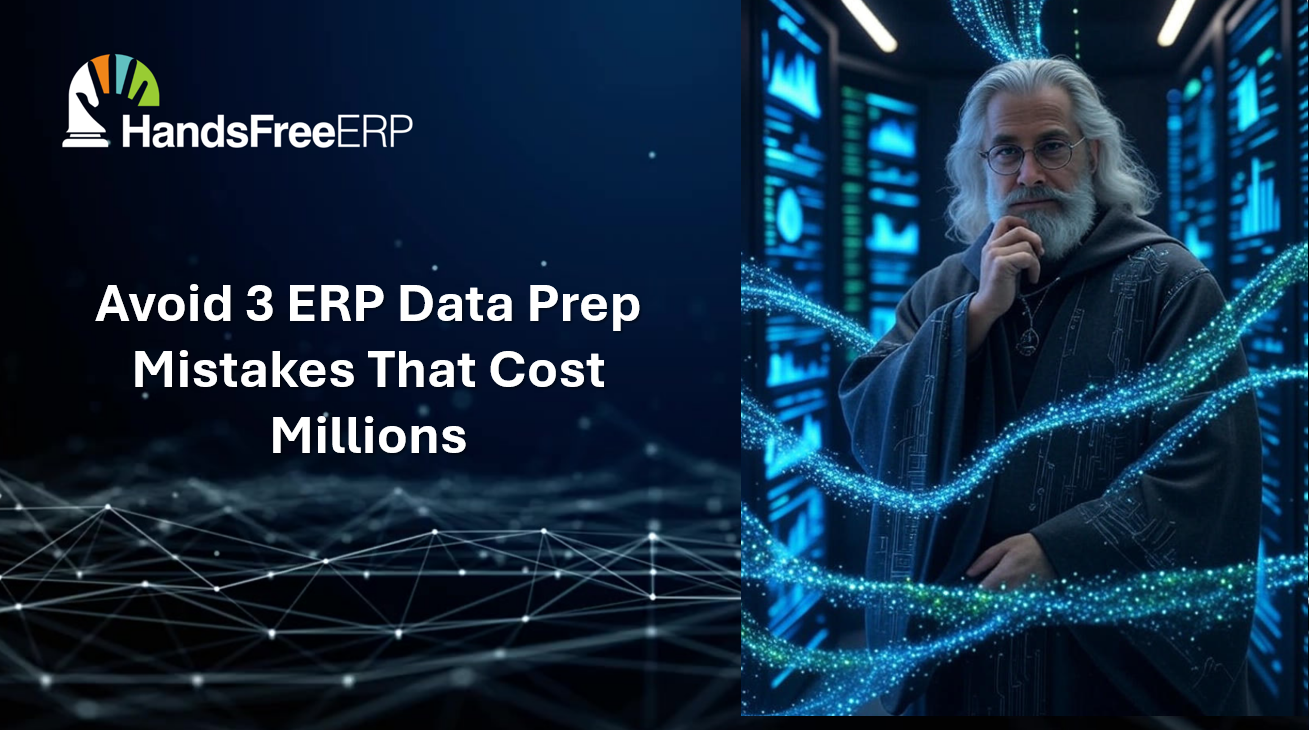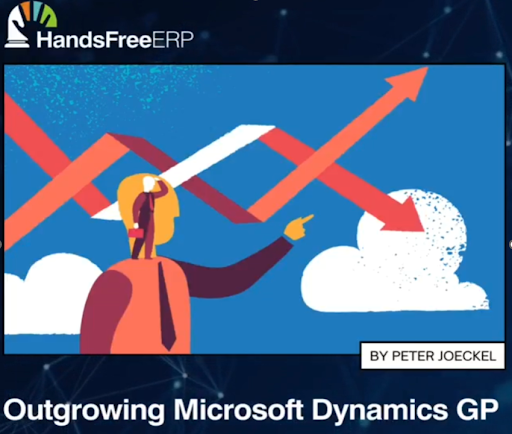Why AI Alone Isn’t Enough to Choose the Right ERP System: A Cautionary Tale from the Field
AI for ERP Selection

As AI tools continue to flood the market with promises of faster research and smarter decision-making, it’s easy to assume they can replace deep expertise—especially in complex technology decisions like selecting an ERP system. But can AI truly help businesses choose the right solution, or is it just another step in the learning curve?
I recently worked with a manufacturing company that had independently analyzed
Microsoft Dynamics 365 Business Central (BC) as a potential ERP solution. Their internal team, supported by a Microsoft Dynamics BC partner, had confidently concluded that BC was a perfect fit.
However, when I reviewed their business requirements and ran a side-by-side comparison,
Business Central came out as only a 60% fit, while
Dynamics 365 Finance and Supply Chain Management (FSCM) showed
over a 90% match.
This discrepancy led to significant pushback.
“But we did our homework. Our BC partner confirmed it!”
That’s when I asked a crucial question: “How exactly did you do your homework?”
The answer?
AI tools.
The Pitfall of Relying Solely on AI for ERP Fit Analysis
AI can certainly accelerate information gathering, but it's important to understand one key truth:
AI is only as good as the data it searches.
When you use generative AI or even traditional AI-driven tools to assess ERP systems like Dynamics BC or FSCM, you're often getting results from:
- Marketing content
- Vendor sales pages
- Consultant blogs promoting a specific platform
What you rarely get is an
unbiased, critical analysis of where that solution might fall short for your specific business needs—especially in nuanced industries like manufacturing.
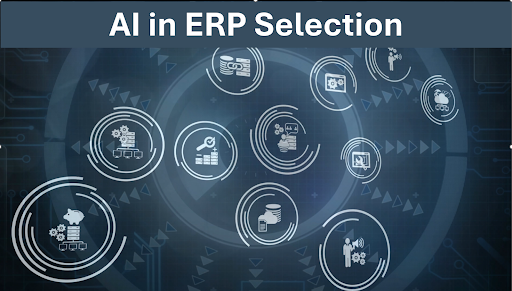
Why Expert-Led ERP Evaluation Still Matters
After digging deeper, we were able to break down exactly why FSCM offered a better fit for this company’s operations. The client quickly realized they were about to go down a costly, time-consuming path with a solution that couldn’t support critical functions out-of-the-box.
Their final comment?
“This is the best thing I could have done. I was heading down the wrong road.”
The Takeaway for Business Leaders
AI is a great tool—but it’s not a strategy. When it comes to evaluating ERP systems like
Microsoft Dynamics 365 BC vs. F&SCM, you need more than surface-level search results. You need expert insights, guided analysis, and industry context to avoid missteps that could derail your digital transformation.
Are you evaluating ERP options and unsure which path fits your business best?
Let’s cut through the noise and get it right—the first time.
HandsFree ERP is dedicated to supporting clients with their ERP initiatives, enabling companies to seamlessly connect users with their ERP partners. By utilizing skilled professionals, streamlined processes, and cutting-edge tools, HandsFree ERP significantly boosts the success rates of ERP projects.



